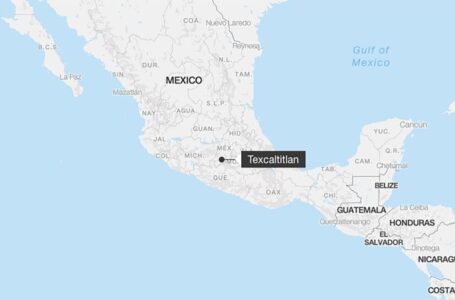School bullies have moved online. But is banning all under-16s from social media really the answer?
Rice imports to bolster supply during El Niño


THE Department of Agriculture (DA) said it is expecting just under 500,000 metric tons (MT) of rice imports to arrive soon as the government builds up its reserves for El Niño.
In a statement on Wednesday, Agriculture Undersecretary Roger V. Navarro said arrivals are scheduled for late December until early February, shipped in by private traders.
“We received reports that around 100,000 tons of imported rice has already arrived. This is part of the 495,000 metric tons committed by import permit holders,” Mr. Navarro added.
The DA has imposed a 30-day deadline on rice traders to bring in their imports. The deadline starts running from the date of issuance of the Sanitary and Phytosanitary Import Clearance.
Secretary Francisco Tiu Laurel, Jr. told a House of Representatives committee that he has instructed traders to use up permits for an additional 1 million MT of rice, also within 30 days, to increase supply.
Mr. Navarro added that about 75,000 MT of rice is set to arrive from India during the last week of Dec. until early January.
“The 75,000 metric tons due in the coming weeks is part of the 295,000 metric tons of rice India has allocated to the Philippines,” he said.
In October, the Indian government allocated a 295,000 MT quota for non-basmati white rice to the Philippines. It had earlier banned all imports of non-basmati white rice to stabilize its domestic supply and prices.
On the other hand, 20,000 bags or 1,000 MT of rice also arrived from Taiwan as the first tranche of its 40,000-bag donation to the Philippines.
“With the arrival of imported rice and the volume harvested by farmers in recent months… the country will have sufficient supply until the next harvest, which starts in March,” he said.
The DA has said that full-year imports may hit 3.6 million MT. This is below the 3.8 million MT projection of the US Department of Agriculture.
As of Dec. 14, rice imports have amounted to 3.22 million MT, according to the Bureau of Plant Industry.
According to PAGASA (Philippine Atmospheric, Geophysical and Astronomical Services Administration), the government weather service, El Niño is expected to intensify between January and May, with its effects felt by 63 provinces in the form of drought and dry spells. — Adrian H. Halili











